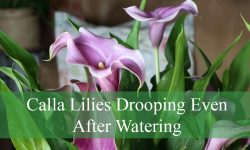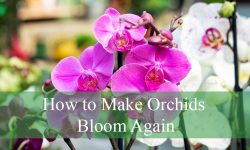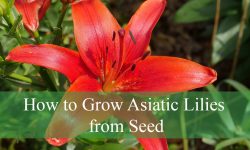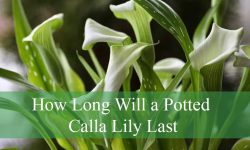Cymbidiums are terrestrial orchids that grow in regions with a temperate climate. They can be found in Europe, Asia, and North America. Cymbidiums have long, strap-like leaves and produce large, showy flowers.
The flowers come in a variety of colors, including white, pink, yellow, and green. Cymbidiums are popular ornamental plants, and many hybrids have been developed for the horticultural trade.
Cymbidium Orchid Species
Cymbidium orchids are terrestrial plants that grow in the ground. They are native to tropical and subtropical regions of Asia, Africa, and Australia. Cymbidiums have long, strap-like leaves and produce large, showy flowers.
The most popular variety of cymbidium is the Cymbydium elegans, which has bright green leaves and white flowers with purple spots.
Cymbidium Orchid Availability
The Cymbidium Orchid is a beautiful, long-lasting flower that is available year-round. This orchid is native to Asia and has been cultivated for centuries. The Cymbidium Orchid is available in a wide variety of colors, including white, pink, yellow, red, and purple.
The flowers are large and fragrant, making them a popular choice for bouquets and corsages.
How to Get Cymbidium Orchids to Flower Again
Cymbidium orchids are one of the most popular types of orchids, and for good reason! They are incredibly beautiful, with long stems and large blooms. Unfortunately, they can be a bit finicky when it comes to flowering.
If your cymbidium orchid has stopped flowering, there are a few things you can do to encourage it to bloom again.
First, make sure that your plant is getting enough light. Cymbidiums need at least four hours of direct sunlight each day in order to bloom.
If your plant is not getting enough light, move it to a brighter location.
Second, check the temperature where your plant is located. Cymbidiums prefer cool temperatures, between 55 and 65 degrees Fahrenheit.
If the temperature is too hot or too cold, this can prevent your plant from blooming.
Third, water your plant regularly but do not overwater it. Cymbidiums like their roots to be moist but not soggy.
Water once a week, allowing the soil to dry out slightly between watering. Overwatering can lead to root rot, which will prevent your plant from blooming.
Fourth, fertilize your plant every other week with an Orchid food fertilizer during the growing season (spring through fall).
Do not fertilize during the winter months when your plant is dormant. Too much fertilizer can actuallyburn the roots of your plant and prevent it from blooming.
With proper care and attention, you should see your cymbidium orchid begin to bloom again in no time!
Cymbidium Orchid Care for Beginners
Cymbidium orchids are among the most popular of all orchid species, and it’s no wonder why. These beautiful flowers come in a wide range of colors, from bright white to deep burgundy, and they have a long blooming season that can last for months. If you’re thinking about adding a cymbidium orchid (or two) to your home, here’s what you need to know about care and maintenance.
Light: Cymbidiums prefer bright, indirect sunlight. If you can provide them with 4-6 hours of sunlight per day (either through a south-facing window or by using grow lights), they will be very happy. Too much direct sun, however, can scorch their leaves, so be careful not to overwater them if they’re in a sunny spot.
Water: Water your cymbidiums once per week, making sure that the potting mix is evenly moist but not soggy. Allow the top inch or so of mix to dry out before watering again. In the spring and summer months when they are actively growing and flowering, you may need to water more frequently; just check the potting mix each week and water as needed to keep it evenly moist.
Fertilizer: Use a balanced fertilizer (20-20-20) at half strength once per month during the active growth period (spring and summer). There’s no need to fertilize during fall and winter when growth slows down.
Potting Mix: A good potting mix for cymbidiums should be light and airy yet hold moisture well.
You can either purchase a premixed Orchid Bark Blend from your local garden center or make your own blend using 3 parts fir bark chips , 1 part peat moss , and 1 part perlite . Just be sure that whatever mix you use has good drainage; too much moisture around the roots can lead to problems like root rot .
Repotting: Your cymbidium should be repotted every 2-3 years in fresh potting mix .
This gives them room to grow roots and also replenishes any nutrients that may have been depleted from previous years’ growth. The best time to repot is in late winter/early spring before new growth begins .
Cymbidium Orchid Repotting
Orchids are one of the most popular houseplants, and for good reason! They’re relatively easy to care for, they come in a wide variety of colors and sizes, and they can bloom for months at a time. One of the most common questions we get about orchids is “when and how should I repot my plant?”
The answer to that question depends on a few factors. First, you’ll need to take into account the size of your plant. If your orchid is still small enough to fit in the pot it came in when you bought it, then you can probably wait another year or two before repotting.
However, if your plant has outgrown its pot or the roots are starting to look crowded, then it’s time for a new home.
When choosing a new pot for your orchid, make sure that it has drainage holes in the bottom and is only slightly larger than the old one. Orchids do not like to be rootbound, so don’t go too crazy with the size upgrade!
You’ll also want to use a well-draining potting mix specifically designed for orchids. Regular potting soil will hold too much water and could kill your plant.
To repot your orchid:
1) Water the plant thoroughly a day or two before you plan to repot it. This will help make the roots easier to work with.
2) Gently remove the plant from its current pot by turning it upside down and sliding it out.
Be careful not to damage any roots in the process!
3) tease apart any tangled or matted roots and trim off any that are dead or damaged. Roots that are blackened or mushy should be cut away entirely.
4) Place your plant in its new pot and fill around it with fresh potting mix until just coverage the base of the plant . Firmly press down on the mix around each side of the plant to secure it in place . Do not compact the mix too tightly , as this can harm the delicate roots . 5) Water thoroughly immediately after replanting . Your newly potted Orchid will need more water than usual during the first few weeks as it adjusts to its new home , so make sure to keep an eye on it and water as needed .
Cymbidium Orchid Soil
Cymbidium orchids are epiphytic, meaning they grow in tree bark or on rocks in nature. In cultivation, they are typically grown in pots with special potting mixes designed to provide adequate drainage while still holding moisture and nutrients.
The ideal soil mix for a cymbidium should be fast-draining but water-retentive.
A good way to achieve this is to mix equal parts of fir bark, sphagnum moss, and perlite. You can also add a small amount of charcoal to the mix to help with drainage and water retention.
When potting your cymbidium, make sure the roots are not crowded and that the plant has room to grow.
Be sure to firm up the soil around the roots so that they are secure. Water well after potting and then allow the soil to dry out somewhat before watering again. Remember that these plants like it on the drier side, so don’t overwater!
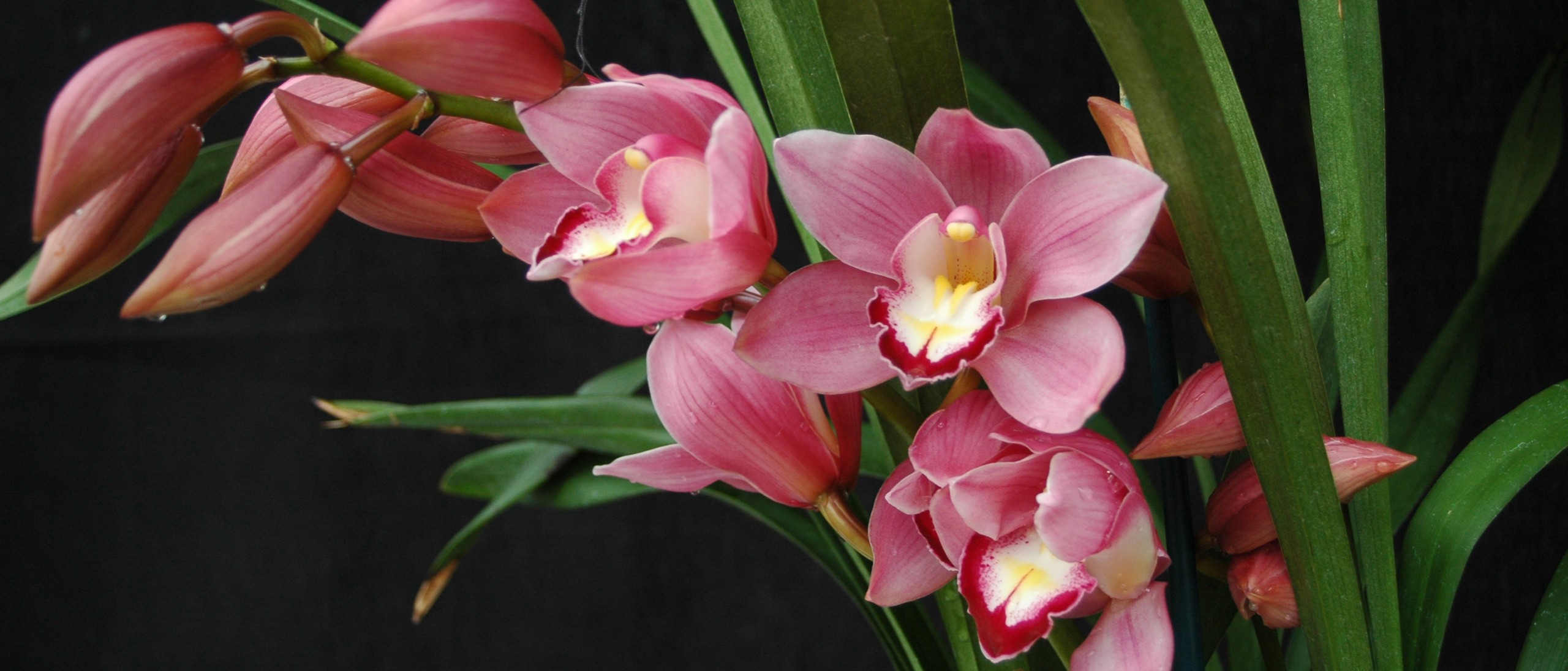
Credit: gardens.si.edu
Is Orchid a Terrestrial Plant?
Orchids are a family of plants that grow in a wide range of habitats, from rainforests to deserts. They can be epiphytic (growing on other plants), terrestrial (growing in the ground), or lithophytic (growing on rocks). Most Orchidaceae are epiphytes, but there are about 28,000 species in the family, so there is quite a bit of variation.
Terrestrial orchids make up a small minority of the Orchidaceae, with only about 1,200 species. They can be found growing in areas with full sun or partial shade, and in soil that is moist but well-drained. Terrestrial orchids typically have thicker roots than epiphytic species, and some even form large underground bulbs.
Many terrestrial orchids also have special adaptations for surviving in dry conditions, such as thick leaves that store water.
What Kind of Orchids are Terrestrial?
There are many different types of terrestrial orchids, which are native to all continents except Antarctica. Some of the most popular varieties include the Phalaenopsis, Cattleya, Dendrobium, and Oncidium. Terrestrial orchids typically have thick, fleshy roots that help them absorb water and nutrients from the soil.
They also tend to have large, leathery leaves that help protect them from the sun and wind. Many terrestrial orchids produce beautiful flowers that come in a variety of colors, including white, pink, purple, yellow, and red.
Is Cymbidium Indoor Or Outdoor?
Cymbidiums are a type of orchid that can be grown either indoors or outdoors. They prefer bright, indirect light and well-drained soil. When grown outdoors, they should be protected from direct sun and excessive moisture.
Cymbidiums bloom in the spring and summer months.
Is Cymbidium an Indoor Plant?
Cymbidium is an indoor plant that belongs to the orchid family. It is a beautiful plant that blooms in winter and has long, strap-like leaves. Cymbidiums are native to tropical and subtropical regions of Asia, Australia, and Polynesia.
They thrive in humid environments with plenty of light.
Cymbidiums make excellent houseplants because they are easy to care for and can tolerate a wide range of temperatures and light levels. When grown indoors, they should be placed in a bright spot out of direct sunlight.
Water them once a week, allowing the soil to dry out completely between waterings. Feed them monthly with an all-purpose fertilizer during their growing season (spring through fall).
Cymbidiums are not susceptible to many pests or diseases, but they can sometimes be affected by mealybugs or spider mites.
These can be controlled by regularly spraying the plants with water or using an insecticidal soap solution.
Overall, cymbidiums are low-maintenance plants that make wonderful additions to any home décor. With their elegant blooms and striking foliage, they add a touch of luxury to any space!
Can Dogs be Allergic to Cymbidium Orchids?
Cymbidium orchids and their impact on dogs: Dogs can indeed be allergic to cymbidium orchids. Just like humans, dogs can develop allergic reactions to certain plants, including these beautiful orchids. Common symptoms may include skin irritations, itching, and respiratory issues. If you notice any unusual behavior or physical signs in your pet after exposure to cymbidium orchids, consult with a veterinarian for proper diagnosis and treatment.
Conclusion
Cymbidium orchids are terrestrial plants that grow in the wild on the ground, in trees, or on rocks. They are found in tropical and subtropical regions of Asia, Africa, and Australasia. Cymbidiums have long been cultivated by humans and were even depicted in ancient Egyptian art.
Today, these popular plants are widely available commercially and come in a variety of colors and sizes.



